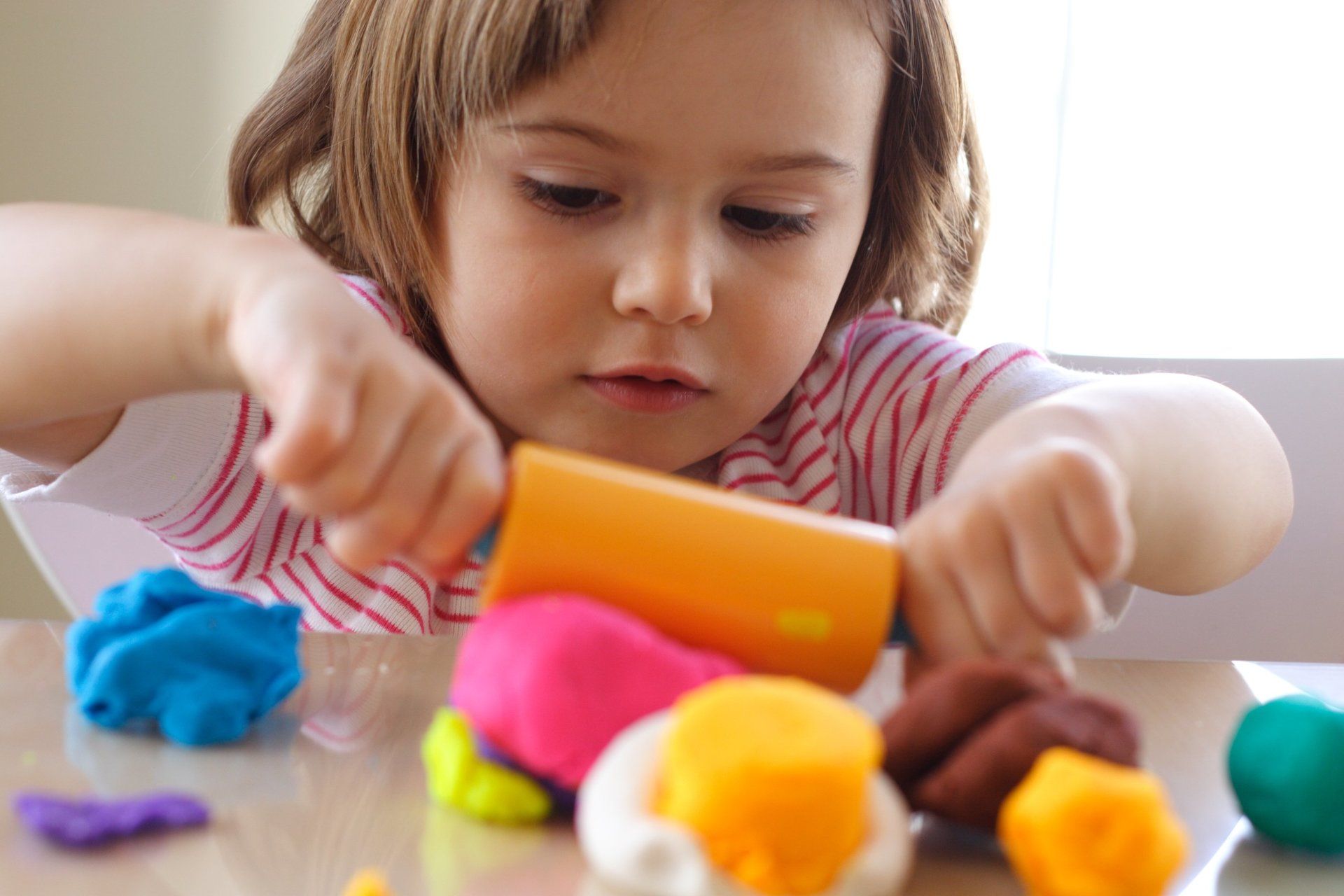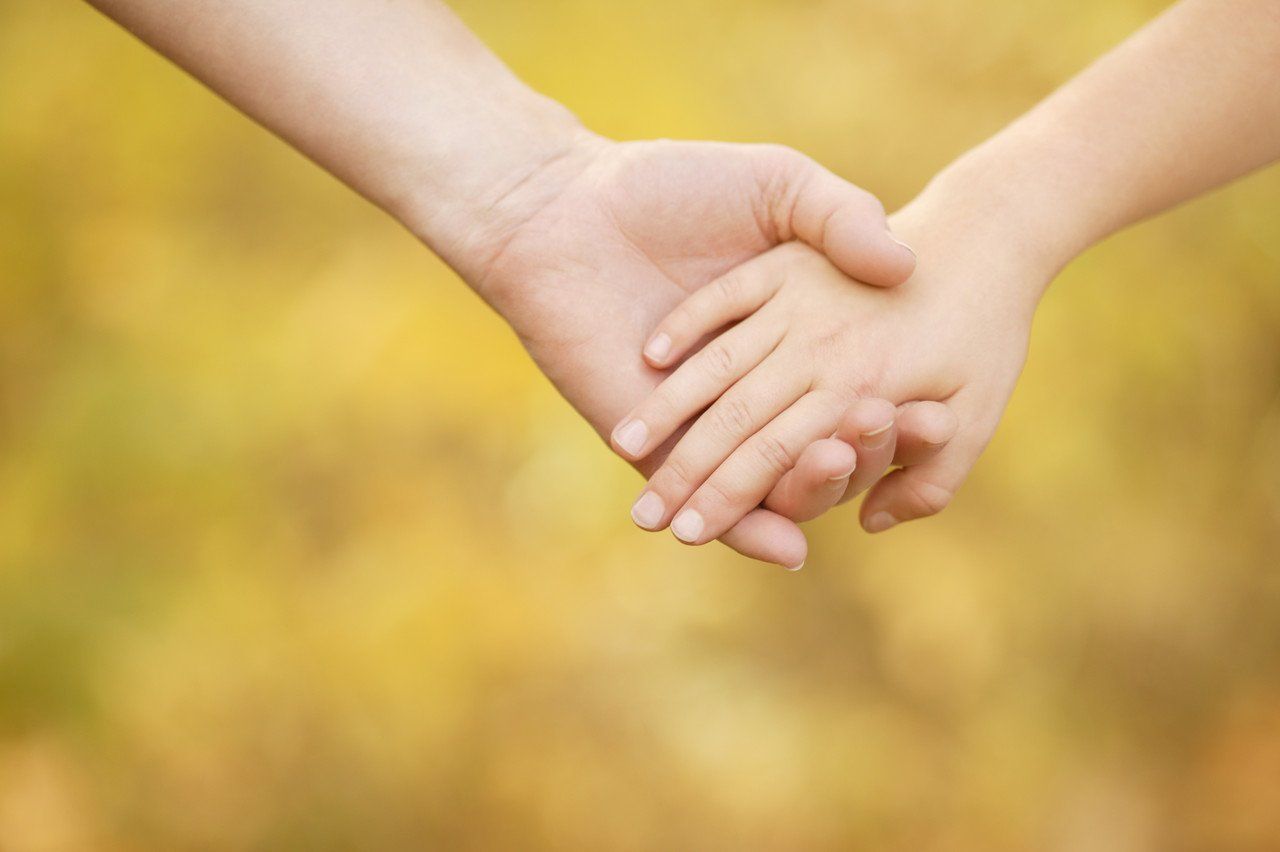Blog

It is Easter weekend and as always during every holiday (including one in lockdown) emotions are running high in your household. We have a perfect solution for you and your child. We would love you all to give it a try! Scenario: Your child is screaming and crying (throwing a tantrum) because they can not have an Easter chocolate (or a 5th, 6th, 7th Easter chocolate). What do you do? The “chill out " corner Create a space in your house where your child can go when they just need a minute to take a few deep breaths and calm down. This is a positive space where they feel secure and comfortable. This corner is used as teaching your child coping skills to better understand emotions and to nurture their developing minds. A few ideas of how to set up the corner: Place a beanbag, pillows, blanket or cushions on the floor. Place a sensory type activity in the corner (coloured rice with lavender oil, playdoh (if they wont eat it), squishy toys, a squishy ball etc.) The aim is to shift childrens focus from the tantrum/anger/sadness to bring it to the present. You can place some books in the corner, colouring books, cars. Place the grid of emotions on the wall (please see link for further details). When to use it: During a tantrum When a child is fighting with siblings When a child is being aggressive When a child is showing signs of anger (clenching jaw, gritting teeth, raising voice, reddening face). How to use it: You remain calm in the scenario. Walk your child to the "chill out" corner and have them take a seat. Leave them to calm for up to 10 minutes. After your child has calmed: Go through the emotions board and talk about the situation that occurred For example: (Your child’s name got upset because Mummy said you couldn’t have the ipad and this made you sad.) Revert back to the visual schedule if you have allowed your child the ipad for a set amount of time that day. Explain to them that they may have it then. Praise your child for calming down and for listening. Practice role play situations with toys and siblings.

Emotions in children can be challenging in general let alone when their structure and schedule is thrown off. When teaching children about emotions we encourage you to be open ears and listen to what they say about why they are upset. Help them to label the emotion based on what their face is showing and let them know you are listening and understand how they feel. Emotional Intelligence Emotional intelligence is “the ability to be aware of, control, and express one's emotions, and to handle relationships reasonably and empathetically.” It is important that as parents/caregivers/teachers we understand how to best foster and teach emotional intelligence to children through helping them understand feelings and label emotions. It is classical to think of your toddler as an “emotionally unstable” little being who runs you ragged because they know how to push your buttons and ultimately control you. This is because they have not developed the skills in order to learn how to calmly express themselves. Five Steps to Developing Emotional Intelligence in your Children 1. Allow Expression - Small children can not differentiate their feelings and their “selves.” It is important we accept the feelings by allowing your child to express them. Teach your child the full range of emotions and let them know that it is acceptable to have feelings. Encourage your child to use their words and to point to the emotion in the emotions pictures provided. 2. Acknowledge your child’s expressing and empathise with them . Empathizing does not mean you agree, it means that you see it from their perspective too. 3. Listen to your child’s feelings - Let your child know that you are fully present and listening to their feelings when they are coming up and out. 4. Teaching problem solving - Allow your child to breathe through the emotions, feel them and learn to tolerate them. 5. Play it out - role play and practice the situations with your child. Create the situations so your child has a chance to practice how to appropriately react/use their words. A few great resources: The Whole-Brain Child by Dr. Daniel J. Siegal and Dr. Tina Payne Bryson No-Drama Discipline Dr. Daniel J. Siegal and Dr. Tina Payne Bryson Generation Mindful - https://genmindful.com

There has been a lot going around the internet about various types of schedules and how to best structure your home. We’d like to kick this section off by encouraging you to first take some time to sit down and allow yourself time to catch up with what's been going on. Daily schedules can be helpful. Lots of children and particularly those prone to being more challenging or hyperactive. These children benefit greatly from routine and regularity. Knowing what's going to happen and being allowed small regular choices really does help them be their best selves and keep family harmony. With that being said, if an intense daily schedule isn’t going to work for you, then please do not try to implement one of the very intense schedules going around!! Given this situation is for an undetermined amount of time, slow, steady and sustainable should be your household motto. If you need to take a keep ‘staycation’ first to get to this place, then please do! We recommend you chunk up your day into 30 minute or hour block and proceed to fill them with a mix of sensory play, movement breaks, free play, structured play, tidy up time and whatever else suits you and your family routine. A particularly great example of this can be found here , please bear in mind that while these schedule look amazing, they are for adult use, not child use! To help younger children understand the new routine we recommend you download this pack from twinkl , and follow our fab video on how to use it and implement a visual schedule in your home!

During the COVID-19 lockdown one area that will help keep your toddler happy and your sanity intact is sensory play. Sensory play is not every parent's favourite as a lot of sensory play can be very messy! It may sound a little odd but a very large gardening tray will make this activity a lot more enjoyable for you, the parent! The bigger the better. If you have outside space we recommend you dress your children up appropriately and send them out. If not we recommend you get a large plastic sheet or place the tray in your bathroom, if you have the floor space. The tray becomes the focal point of the activity and a way to contain the mess as much as possible without ruining the fun! Sensory Choices You can use a wide range of mediums to make the following activities interesting and a great sensory experience for your child. Water Beads - A very versatile sensory resource just make sure they are fully expanded so they are safe for your child. This takes ALOT of water and about 8 hours to be completely safe. Instant Snow - Super quick, although a little like glitter, you'll be finding little bits for quite a while to come Gellibaff - Great fun at bath-time or for a midday play bath! Shaving Foam - Great by itself but also lots of fun to mix in with the water bead or instant snow! Kinetic Sand - Kinetic sand is sand. That means it sticks like sand, so be prepared for that. Once it gets wet it is not very reusable either, but lots of children love playing with it. Ice Cubes - Plain old ice cubes, with food colouring mixed in, are a simple, cheap and endless fun as they melt! Bubble/dishwashing Mixture - Warm water bubbles and any of the below! Hours of fun for any toddler! Activities to do with your little sensory seeker! Find the .... - Fill the gardening tray with your sensory item of choice and put in letters/shapes/numbers and get your child to find them Container Play - Fill the gardening tray with your sensory medium of choice and place different size containers from the recycling and compare the sizes, pour, stack them, see if they keep their shape Sort it out - Fill the gardening tray with water-bead and sort the beads by colour into containers Pretend Play the messy wa y - Fill the gardening tray with your sensory medium of choice and add your child's favourite animals/cars and pretend to eat/bath/sleep using the sensory medium Hot & Cold - Freeze the water beads and do the above activities again, changes the texture and expense and the children get to see the beads soften as they warm up Fine motor practice - Use kitchen utensils to practice scooping, pinching, placing gently with your sensory medium of choice, or mixing small objects to your sensory play, put in the empty egg cartons or small yoghurt pots Fairy bottles - Make sensory bottles with empty transparent plastic bottles and your sensory medium of choice and hold up to the light. You can put objects your child likes into the bottle as well (if they fit!) Bake the mess away - Use your existing play-dough toys or baking items from the kitchen and see how your chosen sensory medium responds! Clean it up! - Get your child's animals or letters or similar preferred objects and get them ‘dirty’ and wash and clean them together, particularly fun for farm and zoo animals Mix it up! - Mix two different sensory medium choices together and see what happens! You can redo a lot of the above activities with the mixed mediums All resources listed in this piece can be found on this amazon wishlist, along with other sensory toys and items to help with movement! https://www.amazon.co.uk/hz/wishlist/ls/Z7PSAVTBUD5M?ref_=wl_share

Of the few things in this world I know to be always true, I know no matter what, kids' hands are always sticky. We don't know why they are sticky, we haven't given them jelly, an ice lolly or honey, but they are sticky. Now more than ever it's important to keep those hands clean. Our adorable little bacteria babies are under threat from something bigger than bum worm. Covid-19 is quickly taking over our lives and we all feel like we need to keep our kids safe. The advice we keep hearing over and over again is Wash your Hands, simple enough. But not for all of us. Some of us have kids that may need a little extra help in this department. That's where this list may come in handy (I don't plan puns, puns plan me). Here are a few helpful suggestions to make your monsters hands as least sticky as possible. Use a visual schedule If your child needs just a little reminding a simple google search of Handwashing Visual Schedule should yield a variety of options to print from. Put the visual by the sink at the kiddos eye level. Make sure to show your child what each step means and give lots of praise when they follow it. Learn a new song! We have all heard the advice to sing the birthday song twice to make sure you wash for 30 seconds. This is a great song to get kids engaged in handwashing. If this worked a few times for your kids but you notice their time in the toilet is less than 30 seconds it may be time to learn a new fun song. The sillier the better. Youtube is a wonderful resource to learn new songs and watch useful videos (and take a break from endless episodes of Peppa Pig). You could also make up your own fun song. Soap is Fun Invest in foam soap, kids love it, and you are guaranteed at least 5 minutes of handwashing. It comes out like shaving cream and usually comes with Peppa Pig already on the bottle. Clean up games This one is a game changer. Did you know your duplo and other small plastic toys are covered in germs and need to be washed? Now is the time to put those kids to work! Get a bucket, soap, water and all those dirty toys and toss them in. Your kids will love making their toys all soapy. When they are finished lay the toys out on a towel to dry. Best part, the toys and hands are clean! This game is best played outside to avoid a mess for mummy later. Stay safe and keep washing those hands!
